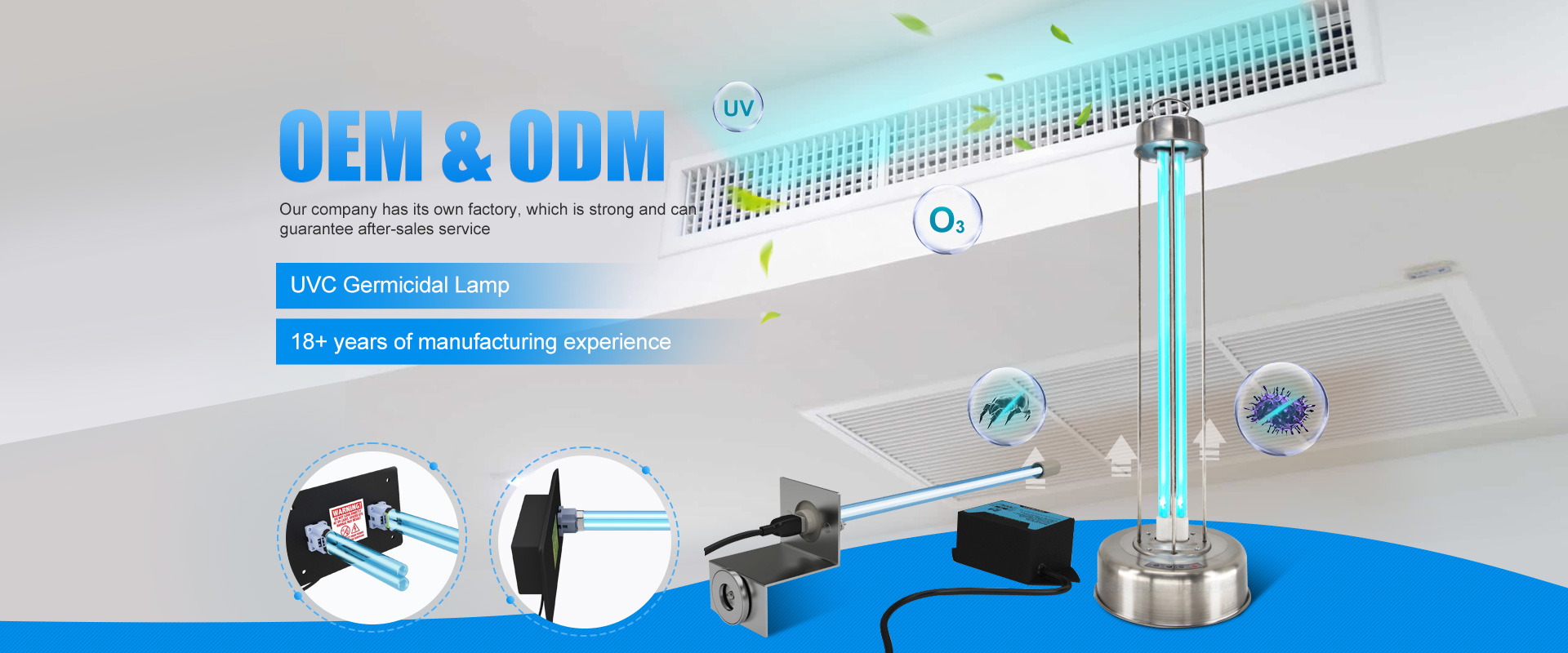Visible pollution, we still have ways to defend against it, but invisible pollution like air pollution is really hard to prevent.
Especially for people who are particularly sensitive to air odors, pollution sources, and allergens, air purifiers have to become standard at home.
Are you having trouble choosing an air purifier? Today, the editor will bring you air purifiers to buy dry goods. After reading it, you will know how to choose!
The air purifier is mainly composed of a fan, an air filter and other components. The fan in the machine makes the indoor air circulate and flow, and various pollutants in the air will be removed or adsorbed by the filter in the machine.
When we buy an air purifier, the following points should be paid special attention to.
1. Clarify your own needs
Everyone's needs for buying an air purifier are different. Some need dust removal and haze removal, some just want to remove formaldehyde after decoration, and some need sterilization and disinfection...
The editor recommends that before purchasing, you should first clarify what kind of needs you have, and then choose an air purifier with corresponding functions according to your needs.
2. Look carefully at the four major indicators
When we buy an air purifier, of course, we must look at the performance parameters. Among them, the four indicators of clean air volume (CADR), cumulative purification volume (CCM), purification energy efficiency value and noise value must be carefully read.
This is an indicator of the efficiency of an air purifier and represents the total amount of air purified per unit time. The larger the CADR value, the higher the purification efficiency and the larger the applicable area.
When we choose, we can choose according to the size of the space used. Generally, small and medium-sized units can choose a CADR value of about 150. For larger units, it is best to choose a CADR value of more than 200.
The gaseous CCM value is divided into four grades: F1, F2, F3, and F4, and the solid CCM value is divided into four grades: P1, P2, P3, and P4. The higher the grade, the longer the service life of the filter. If the budget is sufficient, it is recommended to choose the F4 or P4 level.
This indicator is the amount of clean air produced by the unit power consumption of the air purifier in the rated state. The higher the purification energy efficiency value, the more power saving.
Generally, the energy efficiency value of particulate matter purification is 2 for qualified level, 5 is for high-efficiency level, while the energy efficiency value of formaldehyde purification is 0.5 for qualified level, and 1 is for high-efficiency level. You can choose according to the actual situation.
Noise value
This indicator refers to the corresponding sound volume when the air purifier reaches the maximum CADR value in use. The smaller the value, the smaller the noise. Since the purification efficiency mode can be adjusted freely, the noise of different modes is different.
Generally, when the CADR is less than 150m/h, the noise is around 50 decibels. When the CADR is greater than 450m/h, the noise is around 70 decibels. If the air purifier is placed in the bedroom, the noise should not exceed 45 decibels.
3. Choose the right filter
The filter screen can be said to be the core part of the air purifier, which contains a lot of "high-tech", such as HEPA, activated carbon, photocatalyst cold catalyst technology, negative ion silver ion technology and so on.
Most air purifiers on the market use HEPA filters. The higher the filter grade, the better the filtering effect. Generally, H11-H12 grades are basically enough for household air purification. Don't forget to replace the filter regularly when using it.
Post time: Jun-10-2022

